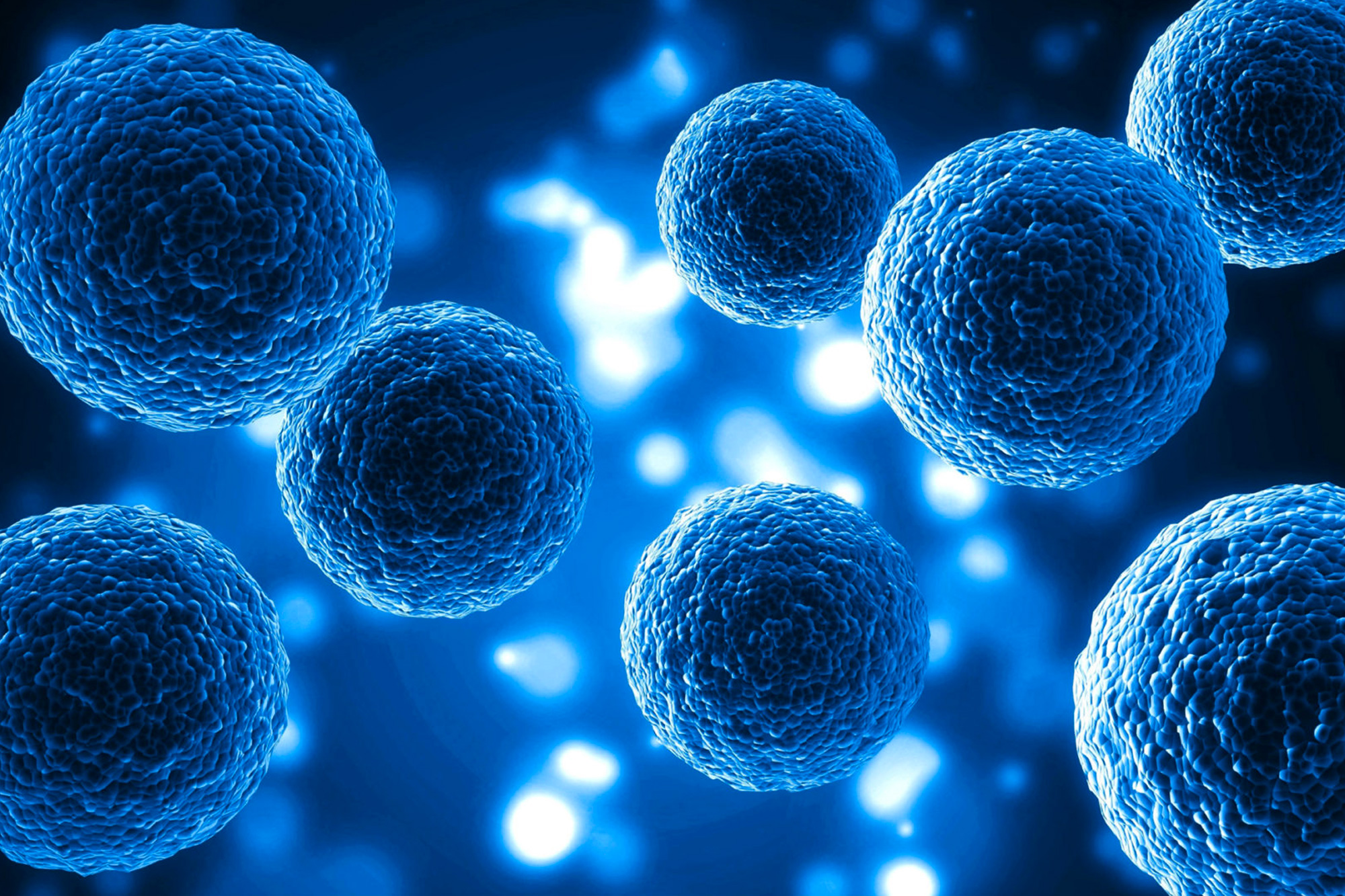Regenerative medicine is a new and exciting subject that has gained popularity recently and offers promising treatments for a wide range of illnesses. Researchers are delving deeper into the effectiveness of regenerative medicines, particularly those that use exosomes and umbilical cord mesenchymal stem cells (UC-MSC) to treat autoimmune diseases, among their many other potential uses. In this blog article, we discuss the logic for using an intraperitoneal method to deliver these regenerative medicines and how they can successfully target Peyer’s patches, which is a critical aspect of managing autoimmune illnesses.
An explanation of autoimmune problems is as follows: autoimmune conditions arise when the immune system of the body unintentionally targets healthy cells, tissues, or organs. Chronic inflammation, tissue damage, and a host of other incapacitating symptoms can result from this abnormal immune response. Immunosuppressive drugs are frequently used in traditional treatments for autoimmune illnesses; however, these drugs have a number of negative effects and may not offer a permanent cure.
Enter Regenerative Medicine
Regenerative medicine uses the body’s natural capacity for self-healing to bring about a paradigm change. The ability of UC-MSC, which are produced from the umbilical cord, and exosomes—extracellular vesicles that are rich in bioactive molecules—to modulate the immune system and promote tissue regeneration has been demonstrated. Using Peyer’s patches or other regenerative medicines directly at the site of action offers an interesting approach to treating autoimmune diseases.
Peyer’s Patches and the Gut-Immune Connection
Peyer’s patches are essential elements of the gut-associated lymphoid tissue (GALT), which are collections of lymphoid tissue in the small intestine. They serve as immune surveillance hubs, continuously keeping an eye out for infections and other dangerous substances that could pose a hazard to the gut environment. Targeting Peyer’s patches becomes essential in treating autoimmune disorders because of the complex relationship that exists between the immune system and the gut.
Intraperitoneal Delivery: A Methodical Approach
The success of regenerative therapies is largely dependent on the route of administration selected. A calculated method for getting UC-MSC and exosomes to Peyer’s patches is intraperitoneal delivery, which is injecting medicinal substances into the peritoneal cavity. These regenerating chemicals can be released gradually and distributed throughout the body thanks to the peritoneum’s intrinsic capacity as a reservoir.
- Localized Action on Peyer’s Patches: By ensuring direct access to the abdominal cavity through intraperitoneal administration, the regeneration agents are able to more efficiently reach Peyer’s patches. By enabling UC-MSC and exosomes to modify immune responses at the location where autoimmune reactions frequently start, this tailored delivery improves the therapeutic effect.
- Sustained Release and Systemic Impacts: By serving as a reservoir, the peritoneal cavity helps UC-MSC and exosomes to be gradually released into the bloodstream. By exposing immune cells to the regenerative medicines for an extended period of time, this sustained delivery maximizes their immunomodulatory effects beyond Peyer’s patches. Especially helpful in the management of autoimmune diseases with systemic signs is this systemic impact.
- Reduced Adverse Effects: When compared to systemic methods, intraperitoneal treatment provides a more regulated and targeted delivery. By limiting the exposure of non-target tissues to the regenerative agents, this focused strategy lowers the possibility of side effects that are frequently linked to systemic treatments.
The Potential of UC-MSC and Exosomes for Immunomodulation
Because of their exceptional immunomodulatory qualities, UC-MSC and exosomes are both excellent choices for treating autoimmune diseases.
- UC-MSC: Mesenchymal stem cells produced from the umbilical cord have the capacity to inhibit exaggerated immunological reactions. Through the release of growth factors and anti-inflammatory cytokines, they facilitate tissue healing and regulate immune cell activity by establishing a microenvironment. UC-MSC has the ability to control the immunological balance in the gut when directed towards Peyer’s patches, which may help to prevent autoimmune reactions.
- Exosomes: Small vesicles called exosomes are released by cells and contain a wide range of bioactive substances, including lipids, proteins, and nucleic acids. Intercellular communication is greatly aided by these extracellular vesicles. UC-MSC-derived exosomes contain immunomodulatory cargo that affects immune cells and fosters an anti-inflammatory milieu. Exosomes can be directly applied to Peyer’s patches to fine-tune immune cell-to-immune cell communication, hence preventing autoimmune reactions.
Exosomes from UC-MSCs have several effects on the immune system. The intricate interactions between immunomodulation, anti-inflammatory effects, tissue healing, and regulatory roles underlie the mechanisms of action that underpin their efficacy. In the context of autoimmune disorders, we now explore the scientific mechanisms of action of UC-MSCs and their exosomes:
- Immunomodulation:
- UC-MSCs have the capacity to regulate T-cell responses, a vital immune system component implicated in autoimmune reactions. This includes suppressing T-cell activation. They have the ability to suppress the immune response against self-antigens by preventing pro-inflammatory T cells from activating and proliferating.
- Regulatory T Cell Induction (Tregs): UC-MSCs stimulate the production of regulatory T cells, which are essential for preserving immunological tolerance. Tregs stifle overreactions from the immune system and stop autoimmune disorders’ assault on healthy tissues.
- Modulation of B-cell Function: B-cell activity is influenced by UC-MSCs, which results in the release of cytokines that reduce inflammation and prevent the development of autoantibodies. The immune system’s overall equilibrium is aided by this modulation.
- Anti-Inflammatory Effects:
- Anti-Inflammatory Molecules Released: UC-MSCs release a variety of anti-inflammatory cytokines, including transforming growth factor-beta (TGF-β) and interleukin-10 (IL-10). These substances decrease the pro-inflammatory cytokines that trigger autoimmune reactions, hence assisting in the creation of an anti-inflammatory milieu.
- Inhibition of Inflammatory Pathways: UC-MSCs obstruct signaling pathways, including the NF-κB pathway, that are implicated in inflammation. UC-MSCs aid in the downregulation of inflammatory processes by blocking these pathways.
- Tissue Regeneration and Repair:
- Proliferation and Differentiation Stimulation: UC-MSCs are able to develop into many types of cells, including those needed for tissue repair. Furthermore, they release substances that support tissue regeneration by stimulating the differentiation and multiplication of resident cells at the site of injury.
- Exosome-Mediated Tissue Repair: Growth factors and microRNAs, among other bioactive compounds, are carried by exosomes produced from UC-MSCs and are essential for tissue repair. Target cells have the ability to absorb these exosomes, changing their function and encouraging regeneration processes.
- Immune Privilege and Low Immunogenicity:
- UC-MSCs have low immunogenicity, which means the recipient is less likely to experience an immunological reaction to them. Because of this characteristic, cells from a donor can be used in several recipients without triggering an immune response, a process known as allogeneic transplantation.
- Immune Privilege in the Central Nervous System (CNS): UC-MSCs exhibit immune privilege in the context of autoimmune disorders that impact the central nervous system, such as multiple sclerosis. They can help with neuroprotection and repair by regulating immune responses in the environment of the central nervous system.
- Exosome-Mediated Communication:
- Transfer of Bioactive Cargo: The proteins, lipids, and nucleic acids found in exosomes secreted by UC-MSCs are among the many bioactive substances they carry. Target cells may receive these exosomal contents, which could change how those cells behave and operate.
- MicroRNA-Mediated Regulation: Exosomes contain microRNAs that have the ability to control recipient cells’ gene expression. This regulatory role affects how the immune system reacts, how inflammation is managed, and how tissue healing is encouraged.
- Paracrine Signaling:
- Paracrine Factors: Soluble factors that act on neighboring cells are released by UC-MSCs as part of their paracrine signaling. The immunomodulatory and regenerative effects seen in autoimmune disease situations are facilitated by this paracrine communication.
Autoimmune Diseases and the Gut-Brain Axis
The two-way communication between the gut and the central nervous system is symbolized by the gut-brain axis. Newer studies point to a close relationship between autoimmune diseases and gut health, highlighting the significance of treating immunological dysregulation in the gut for general health.
- Modulating the Microbiome: Peyer’s patches are essential for preserving the equilibrium of the gut microbiota. The onset and aggravation of autoimmune diseases have been linked to dysregulation of the microbiome. Regenerative therapies such as UC-MSC and exosomes can be used to target Peyer’s patches in order to modify the gut microbiome and potentially alleviate symptoms associated with autoimmune diseases.
- Neuroprotective Effects: The central nervous system may be affected by the immunomodulatory effects of regenerative agents. According to the gut-brain axis, treating intestinal inflammation and immunological dysregulation may help reduce the neurological symptoms of autoimmune diseases.
Clinical Implications and Future Directions
Although the idea of using regenerative medicine to treat autoimmune conditions—more especially, intraperitoneal administration of a treatment targeted at Peyer’s patches—seems very promising, it’s important to recognize that research in this area is still in its early stages. To confirm the safety and effectiveness of these strategies in a range of autoimmune illnesses, clinical trials are required.
- Methods Particular to Patients: Treatment for autoimmune diseases must be customized due to their variability. Comprehending the distinct immunological profiles of patients might facilitate the customization of regenerative therapies to cater to specific requirements and enhance results.
- Combination Therapies: There may be synergistic benefits when regenerative techniques are used with current treatments. Combining UC-MSC and exosomes with other novel therapies or traditional immunosuppressive drugs may improve the overall therapeutic effect and lessen the need for long-term immunosuppression.
In Summary
Regenerative medicine has great promise for improving the treatment of autoimmune diseases. Specifically, UC-MSC and exosomes administered intraperitoneally to target Peyer’s patches provide a promising approach, especially for gastrointestinal autoimmune conditions. Researchers and physicians are laying the groundwork for a new era in the management of autoimmune diseases by utilizing the immune system’s intrinsic capability and the gut-immune relationship. There is promise for bettering the lives of those facing autoimmune disorders as additional research reveals the possibility of more efficient, customized, and targeted treatments.




